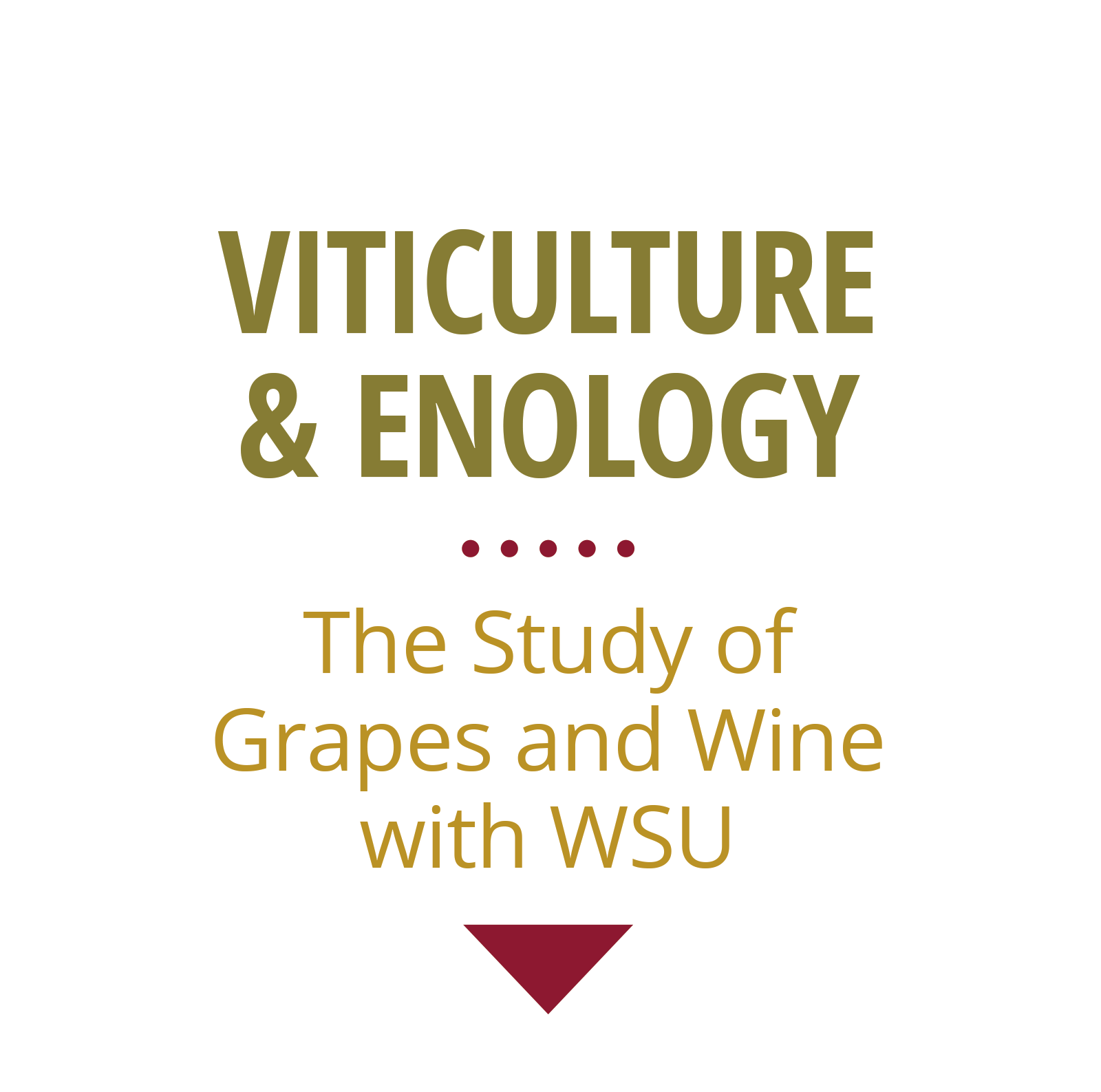By Thomas Henick-Kling and Jim Harbertson
Dealing with Mold-infected Fruit
Powdery Mildew and Botrytis infected fruit brings with it a large population of unwanted organisms such as yeast, mold and bacteria. Some of the molds have very potent oxidative enzymes that leave strong flavor defects in the wine and turn it brown. Must preparation and fermentation protocols must be adjusted to exclude as much of the spoilage microorganisms as possible and to inactivate or minimize the activity of the remaining yeast and bacteria and the oxidative enzymes (laccase). It is important to remember that spoilage organisms grow on both red and white grapes. Typically, grapes with tighter cluster architecture are more susceptible to fungal infection so the popular grape hosts are Riesling, Chardonnay, Chenin Blanc, Semillon, Pinot Noir, Zinfandel, and Barbara. We have also had reports of problems with Syrah so be vigilant. We will outline some strategies for helping minimize problems from these unwanted spoilage organisms.
Sorting
The first step is selective harvesting and sorting of healthy and infected fruit where possible. The potentially most damaging fruit are the brown, broken, sour rot berries that are full of spoilage yeast and bacteria and acetic acid and other off-flavors. If possible this fruit should be excluded from the must. Dry, moldy berries such as dry Botrytis or Powdery Mildew berries (known as mummies) are a big danger in white wines. The danger from this fruit is in the oxidative mold enzymes (laccase) they contain which will damage wine flavor and color by oxidation. Interestingly, dry Botrytis berries can add nice honey flavors to white wines however in red wine making, all mold-infected fruit should be excluded because they can oxidize pigments.
Rapid Clarification & Fining
White grape musts from fruit with some mold infection should be rapidly and strongly clarified to remove the potentially damaging spoilage yeast and bacteria quickly. Keep the fruit and must temperature low to minimize any growth of spoilage microorganimsms. The clarification will remove damaged fruit pulp and much of the microorganisms that are attached to the pulp and skin. Bentonite and other clarification agents are useful for this task. Centrifugation and cross-flow filtration are also a very good option however expensive. If mold infection was heavy, any moldy off-flavors can be removed by fining with casein, isinglass, active carbon, and PVPP. Try one or a combination of these agents as needed. The impact of the oxidative enzymes can potentially be lessened by the addition of tannins but no evidence has been published how effective these treatments are. Heat treatment (pasteurization) will inactivate the laccase enzyme.
Avoid Cold Soak & Native Yeast Fermentation – Instead Initiate Fermentation Quickly
Add 50 to 100 mg/L (PPM) of SO2 to the must to suppress the large non-Saccharomyces population and bacteria. Avoid cold soaks and skin contact in grapes with mold infection as these conditions allow the spoilage microorganisms contained in the damaged grapes to multiply and dominate the fermentation and damage the final wine flavors. Also, it is not advisable to rely on native yeast for spontaneous or wild fermentation with fruit that has some degree of mold infection because the large number of spoilage microorganisms in the infected berries very likely will dominate the fermentation. White musts, clarify and fine as described above, then warm quickly to 64 to 68°F and inoculate with a strong yeast starter culture. Carefully rehydrate the yeast and use high inoculation rates (0.20 to 0.30 g/L) 1.67 to 2.5 lbs/1000gal. Keep the fermentation temperature in a range that is most favourable to Saccharomyces yeast: near 68°F (20°C) for white wines, 77-95°F (25-35°C) for red wines.
Remember to check the Yeast Available Nitrogen and be ready to make additions. Mold infection will lower the yeast available nutrients. Best to use a combination of a complex yeast nutrient preparation and diammonium phosphate (DAP). We have seen some very low juice free amino nitrogen content (FAN or also called Primary Amino Nitrogen) and low ammonia content. In many cases you will need to add up to the legal limit DAP and a complex yeast nutrient to provide adequate yeast available nitrogen and the necessary micronutrients and vitamins.
Heat
Heat is the best way to eliminate unwanted microorganisms and damaging oxidative enzymes. Grape must can be pasteurized at 140°F for about 20 minutes. Allow to the must to cool slowly and add a yeast starter culture at when the temperature is back down to about 68°F. Alternatively, grape must can be heated to 195°F for 2 minutes in closed, flow through systems, then inoculated for fermentation. Or, you might wait and heat the wine after completion of alcoholic fermentation. In this case you can heat the wine for 2 hours at 104°F in a tank (blanket the wine with an inert gas).
Remember, heating must or wine to 104°F or higher will also kill the native yeast and malolactic bacteria and you will have to inoculate with yeast and ML starter cultures when the must or wine temperature is back to about 70°F.

